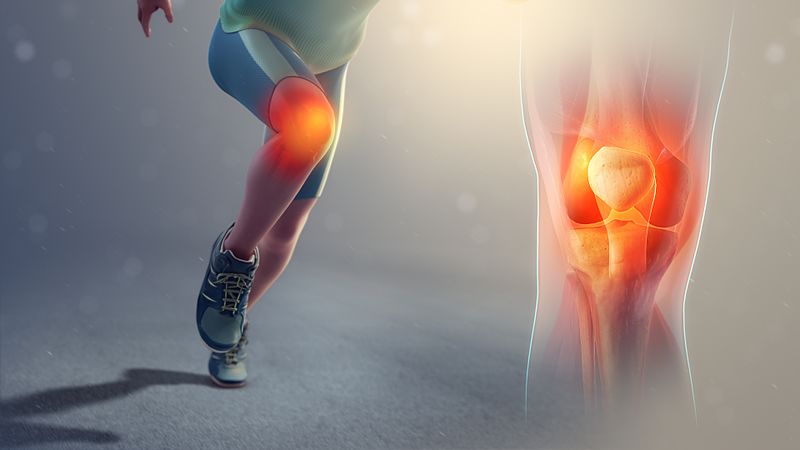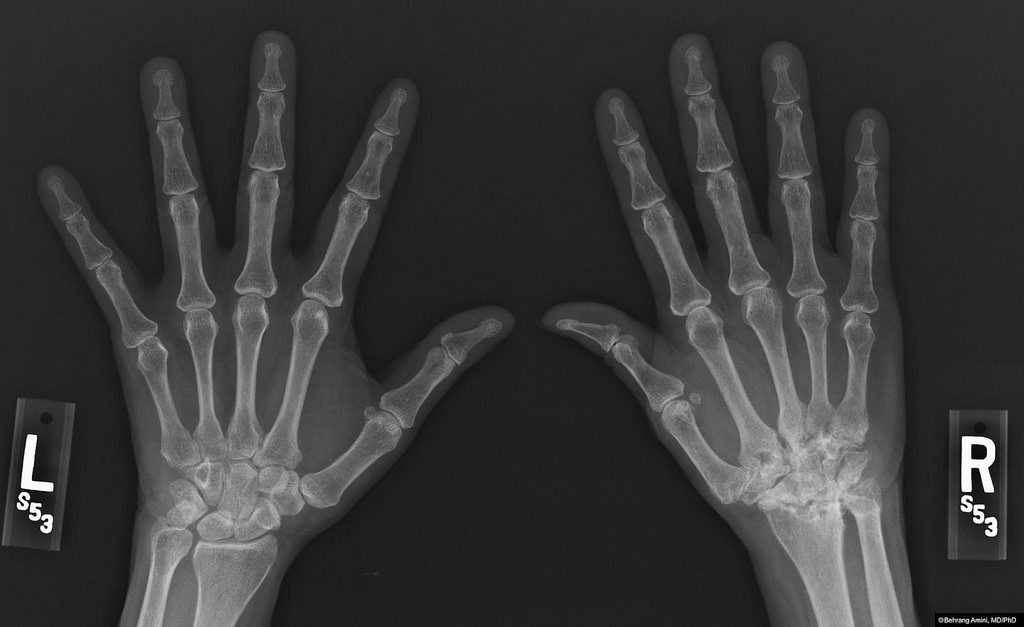Prolotherapy or “Sugar Injections”
Provides Natural, Non-Surgical Relief for your pain – it is as sweet as it sounds!
What is Prolotherapy Treatment? Q & A
Prolotherapy, also known as regenerative injection therapy, sclerotherapy, and ligament reconstruction therapy, is a recognized orthopedic procedure that stimulates the body’s natural healing processes to strengthen joints weakened by traumatic or over-use injury.
Traditional approaches with surgery and anti-flammatory drugs often fail to stabilize the joint and relieve this pain permanently. Prolotherapy, with its unique ability to directly address the cause of instability, can repair the weakened sites and produce new fibrous tissues. At Pegasus Pain Management, our doctors can determine if you are a candidate for this healing alternative and help you get your life back.
Q: How does prolotherapy work?
A: With precise injection of a mild irritant solution directly on the site of the torn or stretched ligament or tendon, Prolotherapy creates a mild, controlled injury that simulates the body’s natural healing mechanisms to lay down new tissue on the weakened area. The mild inflammatory response that is created by the injection encourages growth of new ligament or tendon fibers, resulting in a tightening of the weakened structure. Additional treatments repeat this process, allowing a gradual buildup of tissue to restore the original strength to the area.
Q: What is the solution that is injected?
A: The prolotherapy injections contain anesthetic agents and natural substances which stimulated the healing response. The primary agent is glucose, but each treating physician tailors the selection of substances according to the patient’s needs.
Q: Is prolotherapy painful?
A: Any pain involving an injection will vary according to the structure to be treated. The treatment may result in mild swelling and stiffness. The mild discomfort passes fairly rapidly and can be reduced with pain relievers such as Tylenol . Anti-flammatory drugs, such as aspirin and ibuprofen, should not be used for pain relief because their actions suppresses the desired inflammatory process produced by the injection.
Q: What areas of the body can be treated?
A: This form of therapy can be used to treat different joints; such as knee, hip, ankle, wrist, elbow, and shoulder. In addition, the cervical, lumbar, thoracic and lumber spine including the sacroiliac joints can also be treated. Prolotherapy is also successful in treating carpal tunnel syndrome and temporal mandibular joint dysfunction.
- prolotherapy for shoulder pain
- prolotherapy for back pain
- prolotherapy for hip pain
- prolotherapy for knee pain
- prolotherapy for arthritis
- prolotherapy for osteoarthritis
- prolotherapy for sciatica
Q: How often do I need these treatments?
A: The treatments should be administered every one, two, or three weeks, as determined by your treating physician.
Q: What’s the rate of the success in treatment?
A: The anticipated rate of success depends on a number of variables, including the patient’s history and ability to heal, and the type of solution used. In patients with low back pain with hyper mobility, 85% to 95% of patients treated experience remission of pain with this form of therapy. In comparison, the Journal of Bone and Joint Therapy reports on a 52% improvement in patients treated surgically for disc involvement. Not only do they enjoy simple pleasures again – a good night’s sleep, sitting through a movie, taking a walk – but many also return to physical activities such as soccer, mountain biking, jogging, skiing, even horseback riding.

Q: Is this prolotherapy really new?
A: Prolotherapy has been used successfully as early as 500 B.C. when Roman soldiers with shoulder joint dislocations were treated with hot branding irons to help fuse the torn ligaments in the shoulder joint. Advances in medicines greatly improved on this process, and led to the modern techniques of strengthening the fibrous tissue rather than producing scarring to fuse tissues. In 1926, a group of physicians met with great success using injection therapy to treat hernias and hemorrhoids. Earl Gedney, D.O., a well-known Orthopedist, decreased his surgical practice and began to inject joints with these newer injection medicines in the 1940’s and 1950’s. In the years since this early work, techniques and medications have advanced to move from a scarring or fusing effect to strengthening effect, which restores the weakened joint to its original level of stability, without loss of flexibility and function.



